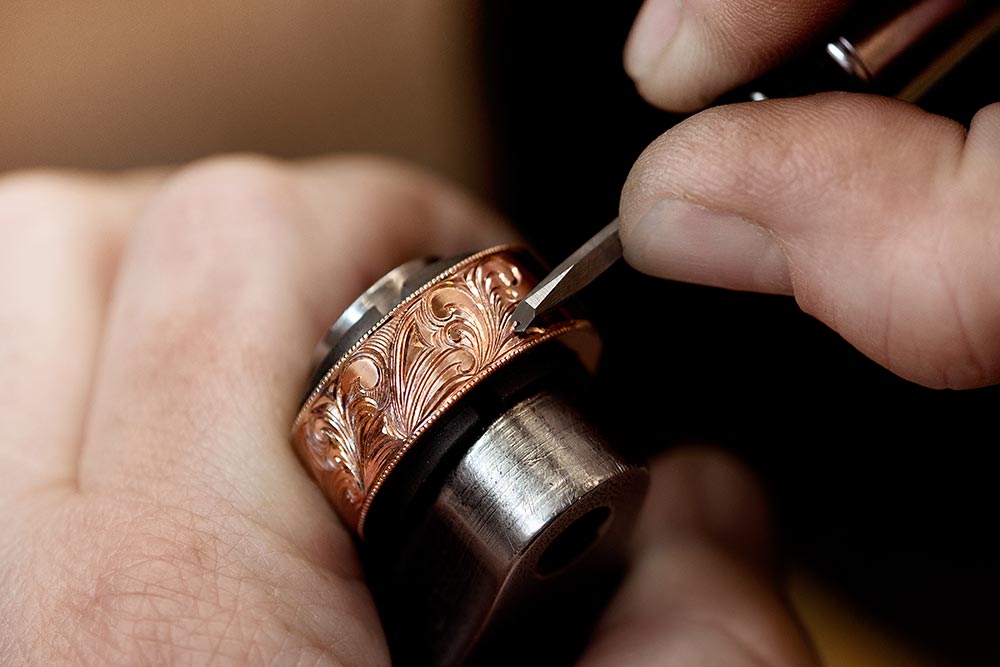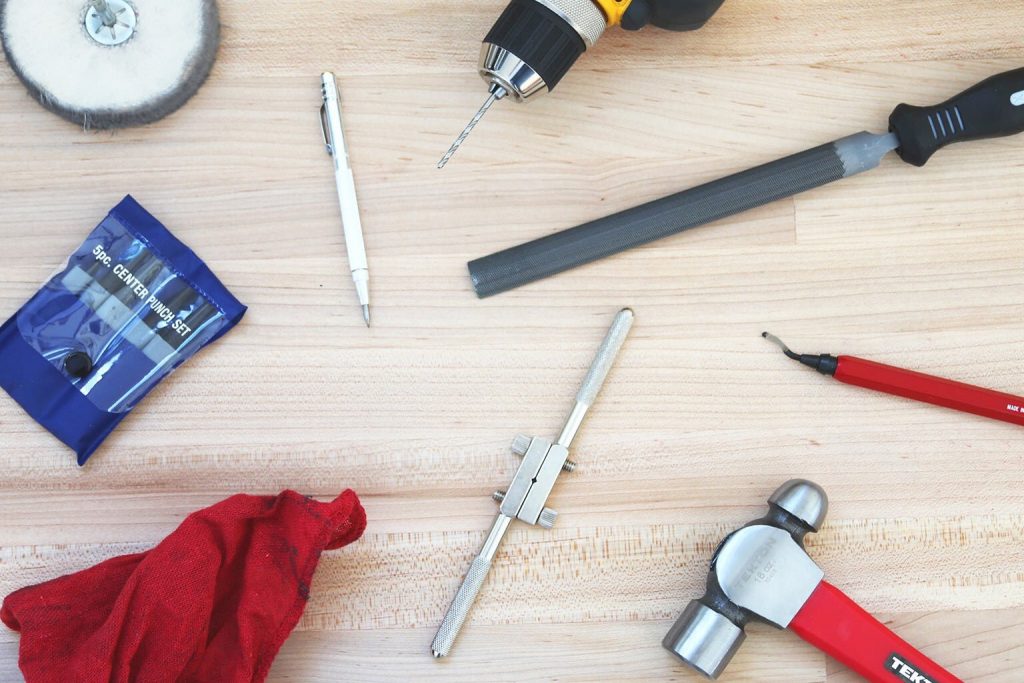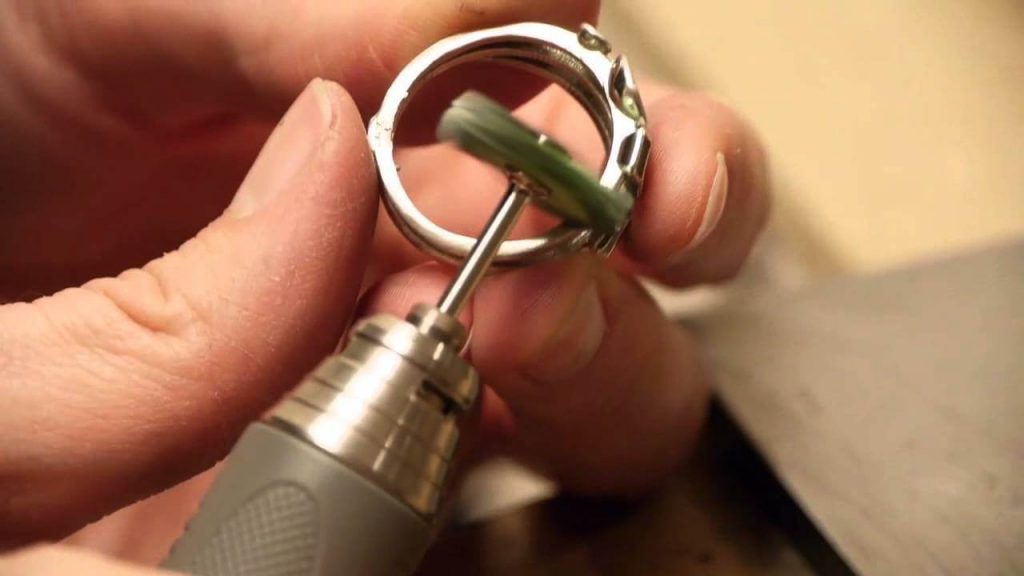The art of working with precious metals has captivated artisans and craftsmen for centuries. The intricate process of transforming raw materials into exquisite jewelry pieces requires skill, precision, and a deep understanding of metalworking techniques.
In this article, we will delve into the world of working with precious metals, focusing on silver, gold, and the limitless possibilities they offer to create stunning handcrafted jewelry.
Exploring Silver
Silver, with its lustrous beauty and versatility, has been a favorite among jewelers for ages. It is a soft metal, making it highly malleable and ideal for intricate designs. Sterling silver, composed of 92.5% pure silver and 7.5% copper or other alloys, is commonly used in jewelry making. Its durability and affordability make it a popular choice for both professional jewelers and beginners.
Tools and Techniques
Soldering: Soldering is a fundamental technique in silver jewelry making. It involves joining two or more metal pieces using a solder, which is a metal alloy with a lower melting point than the base metal. Through the precise application of heat, soldering allows jewelers to create seamless connections and intricate designs.
Metal Shaping: Shaping silver requires a range of tools, including hammers, mandrels, and stakes. Techniques like forging, raising, and forming are employed to create desired shapes and dimensions. Jewelers skillfully manipulate the metal, gradually transforming it into the envisioned design.
Stone Setting: Adding gemstones to silver jewelry elevates its beauty and value. Various stone-setting techniques, such as prong setting, bezel setting, and pave setting, are employed to securely hold gemstones in place. These techniques require careful precision to achieve a professional finish.
Wirework: Working with silver wire opens up endless possibilities for creativity. Jewelers can weave, wrap, and coil wires to create intricate designs and decorative elements. Wirework is often used to make chains, pendants, and earrings, adding an elegant touch to silver jewelry.
Finishing and Polishing:
Once the design is complete, the jewelry piece undergoes a series of finishing processes to enhance its appearance. Polishing, buffing, and cleaning remove any imperfections, resulting in a smooth, shiny surface. Patinas, oxidation, and other surface treatments can also be applied to achieve desired effects and add depth to the design.
Embracing Gold
Gold, a symbol of luxury and wealth, has captivated humans for millennia. Its timeless beauty and enduring value make it a cherished metal in jewelry making. While pure gold is too soft for most jewelry applications, alloys are created to enhance its strength and durability.
Types of Gold Alloys
Yellow Gold: The traditional gold hue that we often envision is achieved by combining pure gold with other metals like copper and zinc. The resulting alloy retains the warm, golden color and offers durability suitable for everyday wear.
White Gold: White gold is created by combining pure gold with white metals like nickel, palladium, or silver. It is then plated with rhodium to achieve a bright, silvery appearance. White gold is a popular choice for engagement rings and other fine jewelry.
Rose Gold: Rose gold obtains its beautiful blush hue by alloying pure gold with copper. The higher the copper content, the more pronounced the pinkish hue. Rose gold has gained popularity in recent years for its romantic and vintage appeal.
Working with Gold
Working with gold requires similar techniques to those used with silver, but gold’s different properties demand additional considerations. Goldsmiths must take care to maintain appropriate temperatures and use specialized tools designed specifically for gold. The higher melting point of gold requires precise control during soldering and shaping processes.
Beyond Silver and Gold
While silver and gold dominate the realm of precious metals, there are numerous other metals and alloys that offer unique possibilities for jewelry making. Platinum, known for its exceptional durability and purity, is highly sought after in fine jewelry. Palladium, a member of the platinum family, has gained popularity for its similar properties and more affordable price point. Other metals like titanium, tungsten, and stainless steel have also found their niche in contemporary jewelry design, offering durability and a modern aesthetic.
Working with precious metals like silver, gold, and other alloys is a captivating journey that blends artistry, skill, and technical expertise. From the meticulous techniques of soldering, shaping, and stone setting to the artistic freedom of wirework and design, the possibilities are endless.
Whether you’re a professional jeweler or an enthusiastic beginner, the allure of crafting exquisite jewelry pieces from these precious metals is an art form that continues to captivate and inspire.
So, let your creativity soar and embark on the timeless journey of working with precious metals to create your own custom jewelry pieces that will be treasured for generations to come.



